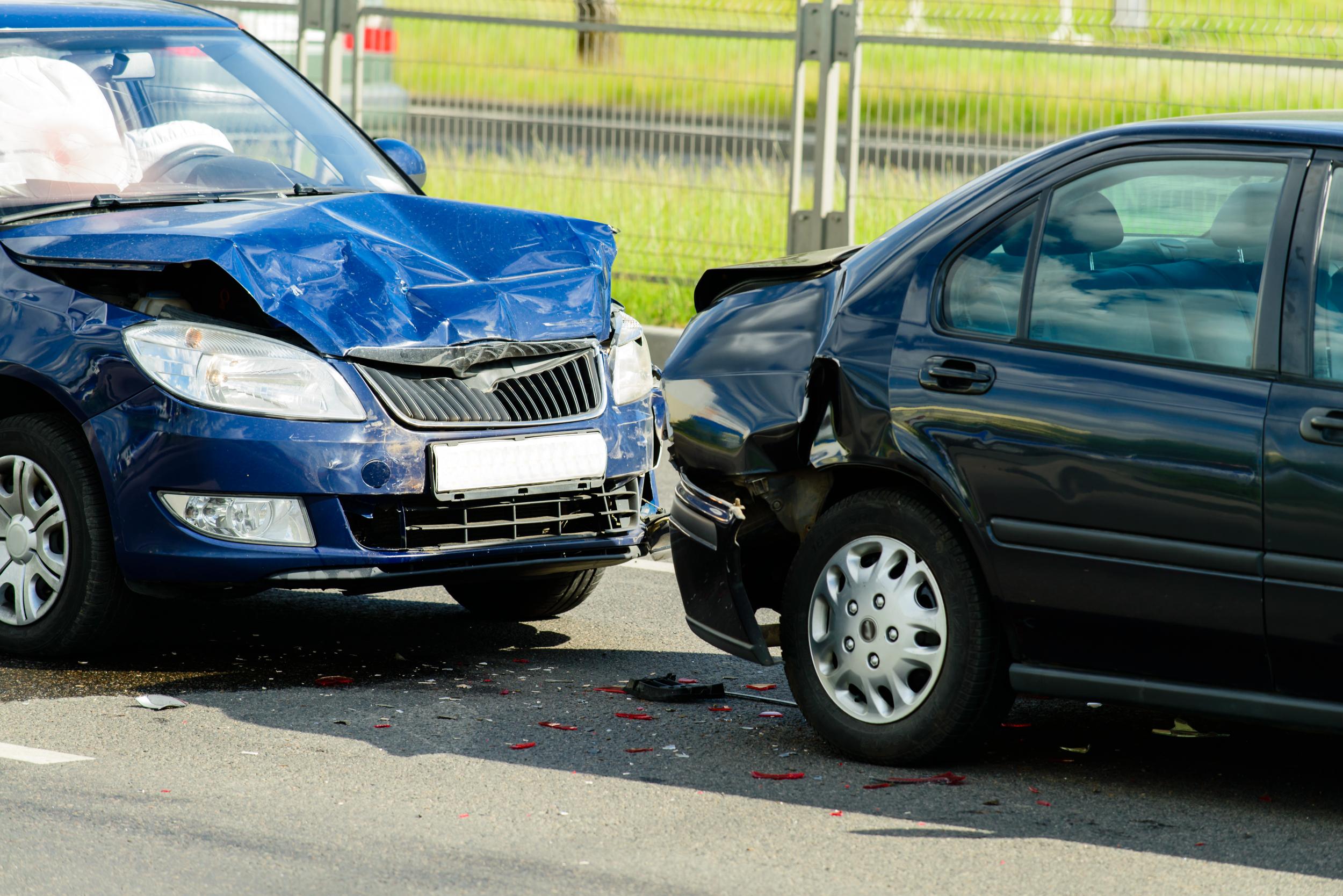Braking point: How to avoid the car crash scammers
Their actions cost road users £340m a year – now, as Sean O’Grady discovers, ‘cash-for-crash’ fraudsters have adopted a dangerous new tactic to trap unsuspecting drivers

Your support helps us to tell the story
From reproductive rights to climate change to Big Tech, The Independent is on the ground when the story is developing. Whether it's investigating the financials of Elon Musk's pro-Trump PAC or producing our latest documentary, 'The A Word', which shines a light on the American women fighting for reproductive rights, we know how important it is to parse out the facts from the messaging.
At such a critical moment in US history, we need reporters on the ground. Your donation allows us to keep sending journalists to speak to both sides of the story.
The Independent is trusted by Americans across the entire political spectrum. And unlike many other quality news outlets, we choose not to lock Americans out of our reporting and analysis with paywalls. We believe quality journalism should be available to everyone, paid for by those who can afford it.
Your support makes all the difference.The Insurance Fraud Bureau (IFB) estimates that “cash-for-crash” scams cost insurers around £340m a year, pushing up premiums for other motorists as well as adding to the stress of dealing with a contrived accident.
Despite greater police and industry awareness, there seems to be no let-up in people deliberately braking or colliding with other vehicles in order to secure an insurance payout for damages and injuries that are utterly spurious.
Now AX, an automotive software company specialising in this field, warns that the fraudsters have adopted a dangerous new tactic to trap unsuspecting drivers in their scheming.
“Hide and crash” is the latest method used, and an evolution of previous tactics. It involves a fraudster hiding in a driver’s blind spot before quickly moving in front to slam on the brakes. This latest trend was noticed when AX detected several suspicious claims displaying near identical characteristics.
“This new tactic is a dangerous progression of the existing ‘slam on’ approach,” explained Neil Thomas, director of investigative services at AX. “Criminals can take cover in a driver’s blind spot, wait for the ideal moment, then accelerate and move into their pathway before slamming on the brakes.”
The most popular techniques used by the fraudsters are:
- Slam on: a vehicle in front intentionally slams on the brakes to catch out the driver behind;
- Flash for crash: a driver flashes their lights to beckon another vehicle forward but then drives into them;
- Crash for ready cash – a third-party requests cash to fix their vehicle after they have induced a collision;
- Hide and crash – a vehicle hides in the blind spot of another car before moving in front and braking hard; and
- Hire and crash – where a criminal hires a car and stages an accident with another vehicle, usually someone they know.
Thomas added: “Detecting new methods deployed by gangs is notoriously difficult, and without video evidence it is often difficult to prove who was really at fault. Intelligence-sharing among insurers and the authorities can help, nevertheless drivers should always be vigilant. Collectively, we can minimise the impact of these increasingly sophisticated criminals.”
Roundabouts were the most common locations seen for suspected crash-for-cash scams, while busy motorways and urban areas with frequent sets of traffic lights are also considered danger spots. Fraudsters look for places where it is unlikely and often unsafe for potential witnesses to stop.
The criminals who cause these incidents usually target their victims and look for people who will be insured and who they perceive won’t be too difficult for them to deal with, eg the elderly, lone females or mums with children. Such incidents are very dangerous because a collision between two vehicles can have serious unforeseen consequences.
The industry advises motorists to be suspicious if a driver appears very calm after a collision and has all their details already written down on a piece of paper, of exaggerated claims, of passengers or the driver in a vehicle you are following looking backwards/paying a lot of attention to your vehicle, and do not assume that when a driver flashes their headlights, invites you to proceed or puts their indicator on that it’s safe. Use your judgement and wait to make sure it’s safe before you go.
It is also advisable to obtain as much information as you can about the vehicle, passengers (if present), damage to vehicle, location, time, date, weather conditions, witnesses, to take photographs, and to look for independent witnesses.
If you suspect a scam, as well as contacting the police and your insurer, notify the Insurance Fraud Bureau via the link below or by calling the Cheatline on 0800 422 0421.
For more information on motor fraud and AX services, visit: https://www.ax-uk.com/innovation
Join our commenting forum
Join thought-provoking conversations, follow other Independent readers and see their replies
Comments